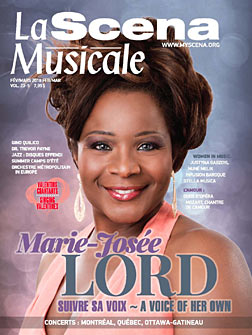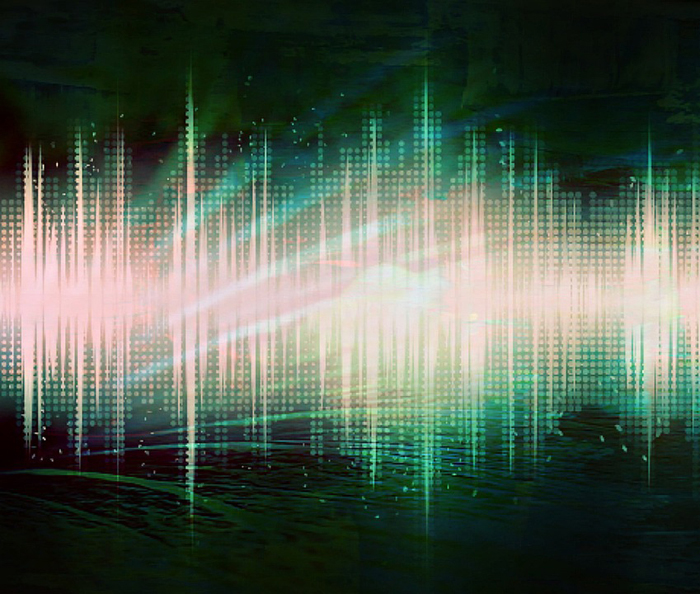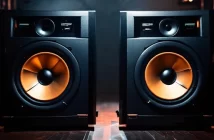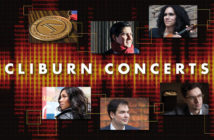
This page is also available in / Cette page est également disponible en:
![]() Francais (French)
Francais (French)
In the 1990s, the advent of the MP3 file and of online peer-to-peer file sharing programs ushered in major transformations to the music industry. However, the seeds of this revolution were sown over 50 years prior. Beyond the passage of analogue media such as vinyl and cassette to digital media like CD, the development of digital audio files brought about a dematerialization of music, a phenomenon which can currently be observed in the decline of physical sales. Nowadays music is primarily consumed on portable music players and via streaming services, and is available in a number of different file formats suited for various listening experiences. Here is a guide on the three main audio file formats out there and their specific applications.
Pulse Code Modulation
Invented in 1937 by the British scientist Alec Reeves, Pulse Code Modulation was the first digital representation of a sonic wave. Initially developed for telecommunications, the PCM format is a coding scheme that takes independent quantified sonic samples and converts them into digital code. PCM thus approximates the physical sonic signal depending on the sample’s quality, the latter of which is determined by the sampling frequency (calculated in hertz) and the quantification resolution (calculated in bits). This type of audio file is still widespread, since it constitutes the basic format used in the computer, telecommunications and music industries.
Trois grandes familles
Numerous other kinds of audio files were created to meet the needs of various contexts, but also to compensate for the technical limits of certain listening devices. As a result, three main audio file types have emerged over the years.
Those belonging to the category of uncompressed audio formats are among the oldest digital formats. Their advantage is that they preserve the sonic signal in its entirety, thereby very faithfully reproducing the recorded sounds. WAV, AIFF, BWF and especially LPCM are the most widespread of these file types. LCPM, which is similar to the aforementioned PCM, is the standard format used by CD manufacturers. The high sampling rate associated with this file type (16 bits/44.1 kHz for CDs) makes for a superior audio quality, but requires considerable storage space..
Lossy compressed audio formats constitute another major file category. Often used by streaming platforms such as Spotify, iTunes and Deezer, they are notable for being compressed (as their name indicates). The compression process significantly reduces the files’ size by filtering the original sonic signal thanks to a coding based on psychoacoustic principles. Depending on the compression ratio, inaudible portions of the sonic spectrum are eliminated but the overall sound quality is preserved. The best-known compressed format is the MP3 file, popularized in the 1990s, when file-sharing programs on the Internet necessitated small file sizes. Today, a multitude of compressed audio file types, such as AAC (developed by Apple for its iPod), Ogg Vorbis, WMA (developed by Microsoft) and AC3 (used for DVDs and video games), are available. Despite their advantages, they are often shunned by audiophiles, who reproach them for a lack of clarity and definition.
Finally, the last category encompasses the lossless compressed audio formats. This type of file consolidates the advantages of the two other categories: it preserves the sonic signal in its entirety while occupying half of the storage space required by uncompressed audio formats. Moreover, the lossless compressed format allows the reconversion of the file into its original uncompressed format, thereby giving it its original quality, something lossy compressed files cannot do. Among the most famous of these types, there is the FLAC file, which many audiophiles appreciate because of its good quantification resolution (up to 24 bits) and its legality. Tidal, the streaming service specializing in the market of high-fidelity music, uses this audio format to offer its clients a superior listening experience.
Specialized Listening Devices
To fully enjoy the advantages offered by these files, it is not enough to possess a high-quality digital recording; one must also have excellent listening devices. There is a wide range of products that are tailored for different situations that are important to consider. Seasoned audiophiles will opt for reputable readers because of their excellent sound quality. The A&ultima SP1000 by Astell & Kern (us.astellnkern.com), capable of reading audio files encoded at 32 bits/384 kHz, is a good example. Consumers who are not willing to invest US$3,500 might consider more affordable models, such as the XDP-300R or the Bassplay P3000, both by Pioneer (www.pioneerelectronics.com), which cost US$699 and US$60 respectively.
For those who prefer the comfort provided by home sound systems, the Quebec company Simaudio offers a range of analogue-to-digital converters that come with access to the high-fidelity streaming service MiND, in addition to being able to read DSD256 and PCM files of up to 32 bits. Their 380D model sells for $6,600. Finally, listeners who consume their music directly on their computer can invest in an analogue-to-digital converter like the DragonFly Red by AudioQuest (www.audioquest.com), priced at $249. As always, it is important to use these readers with high-quality headphones in order to fully enjoy the sound quality they provide.
Translated by Natasha Beaudin Pearson
This page is also available in / Cette page est également disponible en:
![]() Francais (French)
Francais (French)














